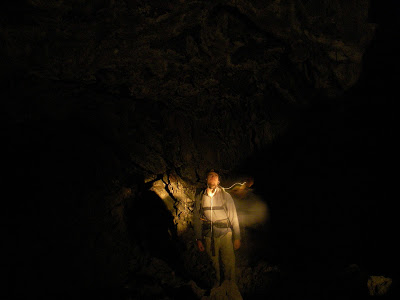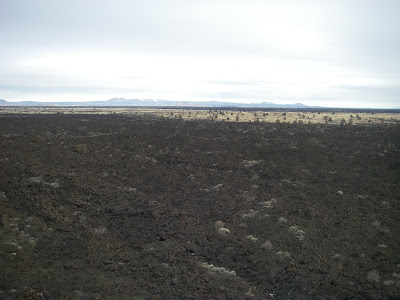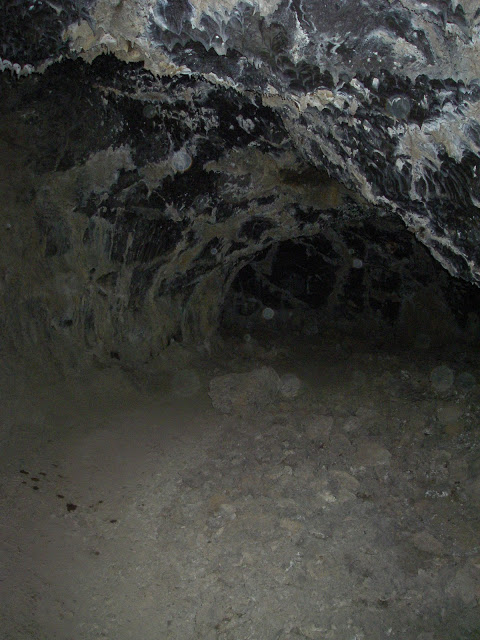 |
| Caving; a sport for the insane |
Introduction to Caving in Lava Beds National Monument
As mentioned earlier in my introduction to Lava Beds NM, caving is the popular and primary sport of the park. Fortunately, the National Park Service makes it easy and accessible to even a first time caver. (Disclaimer: caving is dangerous) In fact, the service will rent you a high powered flashlight for free and even give you solid directions to each marked cave. OF COURSE, you need to purchase the cave maps before going. Its only two dollars! From the visitor center, the "Cave Loop Road" will take you to the marked caves of the park.
 |
| The Northern California lava beds are full of caving opportunities |
-Light sources
-Extra light sources (I always bring three just in case)
-Batteries and extra batteries
-A very reliable cave map (can be purchased at the visitors center)
-A very reliable compass
-Helmet
-SMALL backpack that can fit through tight spaces
-Warm clothing, even in the summer
-Knee pads
-Water, food, snacks ect.
The good news about caving in Lava Beds is that most lava tubes are lateral as opposed to vertical. This allows the caver to move relatively easily through most of the caves and no technical gear is needed. There are lava tubes in the park that are not formally mapped and do require more extensive experience, but the rangers usually avoid telling you their whereabouts.
Easy-ER Caves
If you have never done caving, I would recommend heading over to Mushpot Cave which is right behind the visitors center. Its well lighted and provides the visitor with a good idea of what lava tubes are like.
 |
| After the entrance, there is no light! |
 |
| Tighter sections in Juniper Cave |
Stay tuned for a guide to the longest lava tube in California!
Read. Plan. Get Out There!






No Comments